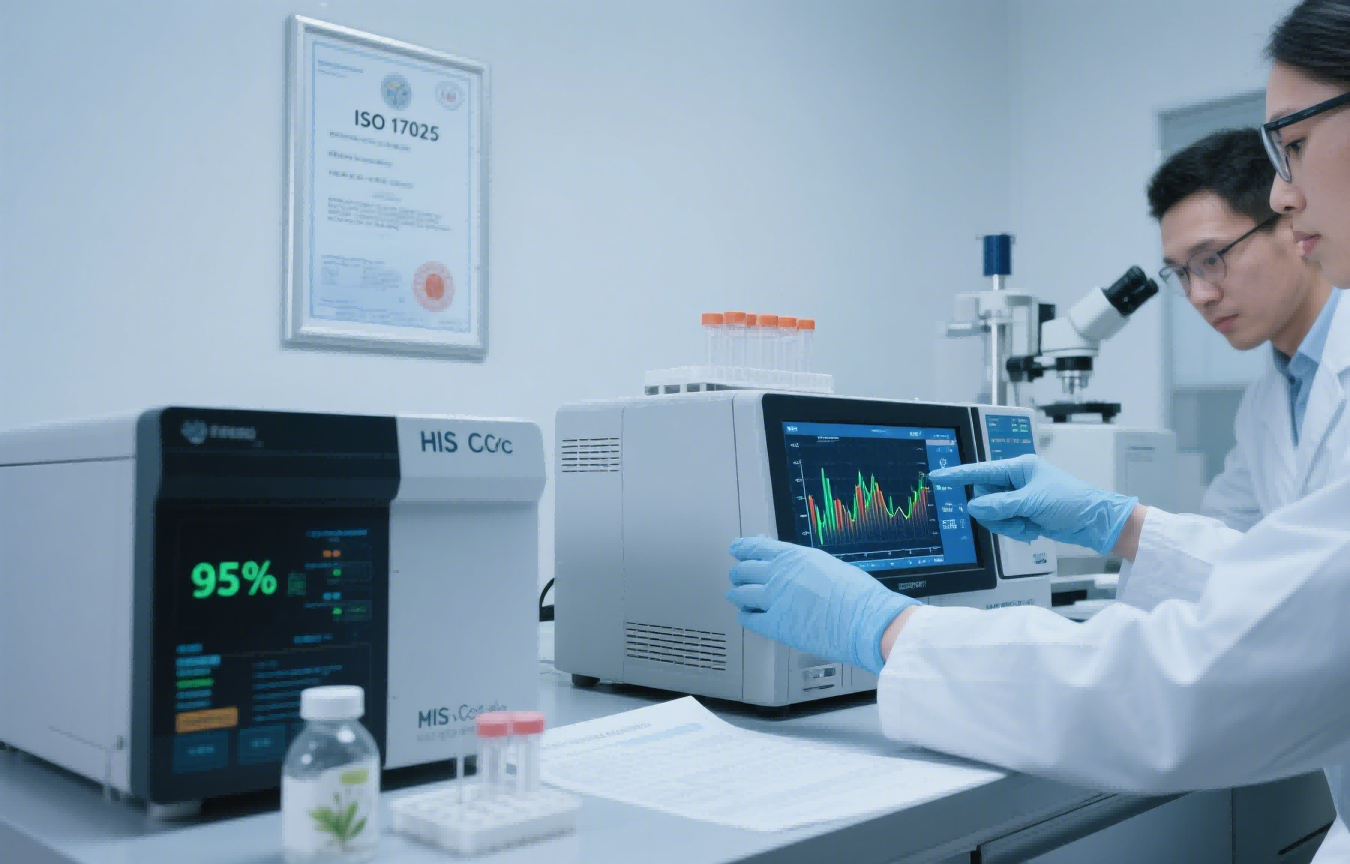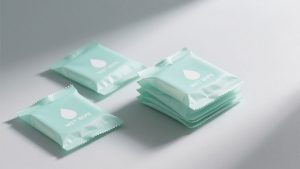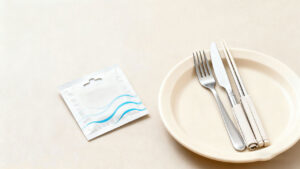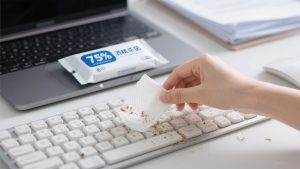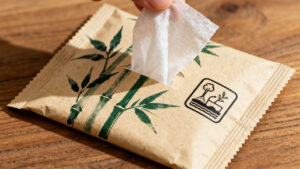From hospitals to hotels, moist towelettes have become an essential hygiene solution - but what's driving this 12% annual market growth?
Moist towelettes offer unmatched convenience and infection control, with the global market projected to reach $5.8 billion by 2027 as industries prioritize fast, effective cleaning solutions.
 Let’s break down the key factors making moist towelettes indispensable across diverse sectors - and why importers are rushing to secure supply.
Let’s break down the key factors making moist towelettes indispensable across diverse sectors - and why importers are rushing to secure supply.
What Are the Different Types of Moist Towelettes (Personal, Medical, Industrial)?
Not all towelettes are created equal - choosing the wrong type can lead to skin reactions or poor cleaning performance. Medical-grade towelettes contain 70%+ alcohol for sterilization, industrial wipes tackle grease with solvents, while personal care variants use gentle PH-balanced formulas - each serving distinct market needs.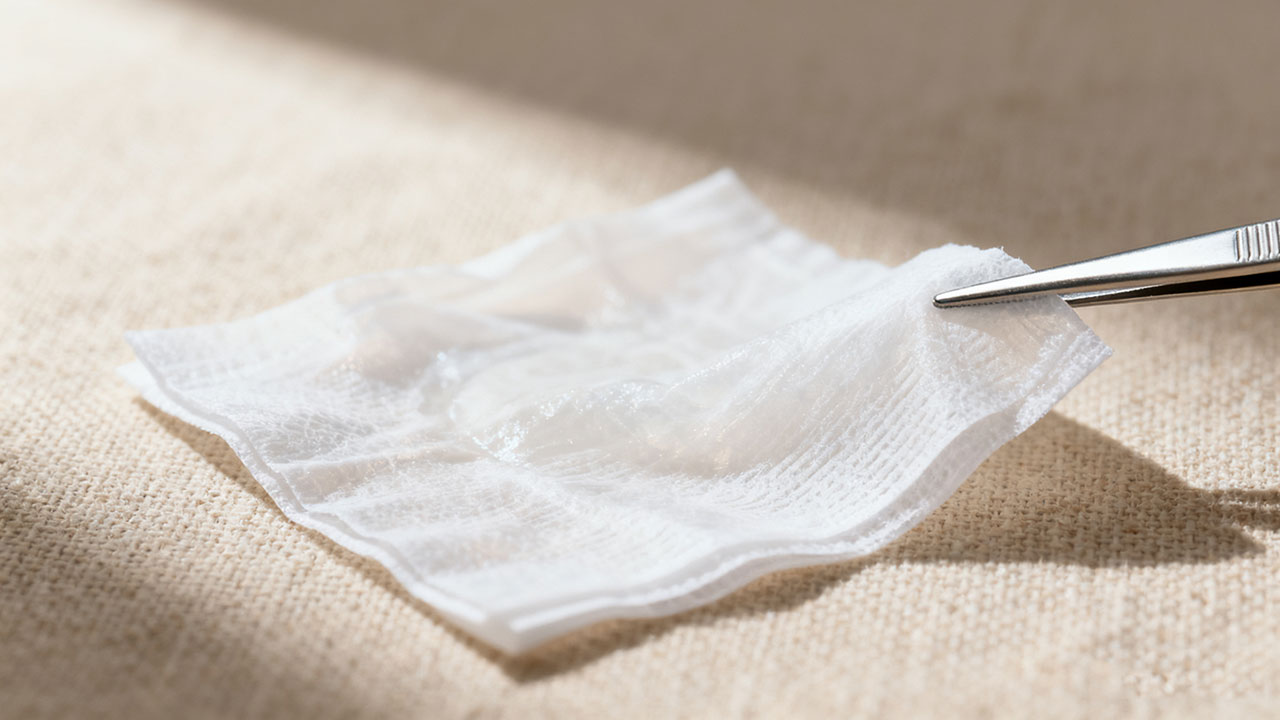
Moist Towelette Classification Guide
| Type | Key Ingredients | Sterility Level | Common Sizes |
|---|---|---|---|
| Medical/Surgical | Isopropanol, Chlorhexidine | Sterile (EN 1041) | 5×7 cm sealed pouches |
| Personal Care | Aloe Vera, Vitamin E | Non-sterile | 8×12 cm pop-up packs |
| Industrial | Citrus solvents, DEGME | N/A | 9×14 cm bulk canisters |
| Food Service | Quaternary Ammonium | NSF-approved | 6×8 cm dispenser packs |
- Healthcare: 200% surge in alcohol wipes post-pandemic
- Airlines: Pre-moistened face towels reduce water waste
- Manufacturing: Heavy-duty degreasing wipes prevent equipment failure
Which Markets Have the Highest Growth Potential for Moist Towelette Importers?
While North America dominates current sales, savvy importers are targeting emerging markets with explosive demand potential. Asia-Pacific's moist towelette market will grow at 15.3% CAGR through 2030, fueled by rising middle-class hygiene awareness and tourism rebounds in Thailand/Vietnam.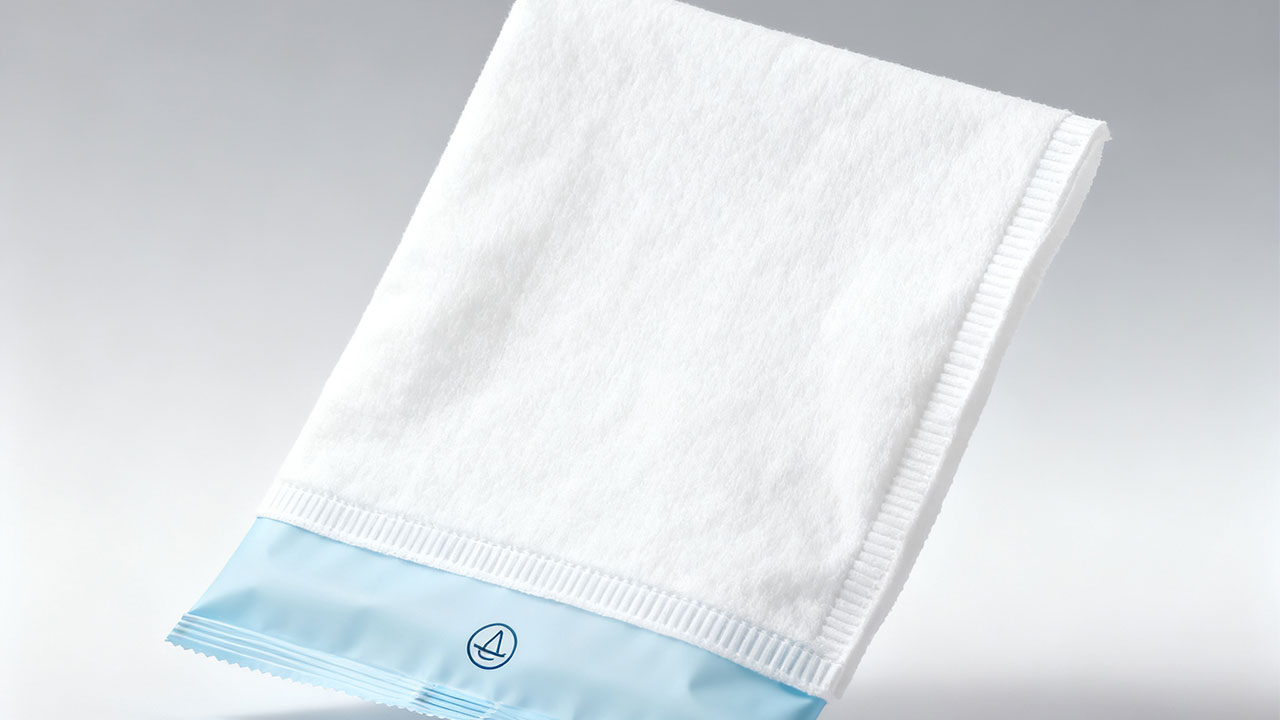
Regional Market Analysis
High-Growth Segments:- Middle East
- Europe
- Latin America
- Tier 1 Cities: Stock premium anti-bacterial variants
- Rural Areas: Focus on economy multi-purpose packs
- Resellers: Provide bilingual packaging for border markets
How to Choose Between Non-Woven, Cotton, or Biodegradable Towelettes?
Material selection impacts pricing, performance and eco-compliance - here's how to avoid costly mismatches. Non-woven polyester offers the strongest scrubbing power, 100% cotton provides premium softness, while PLA biodegradable wipes meet EU Single-Use Plastics Directive requirements - each with distinct cost structures.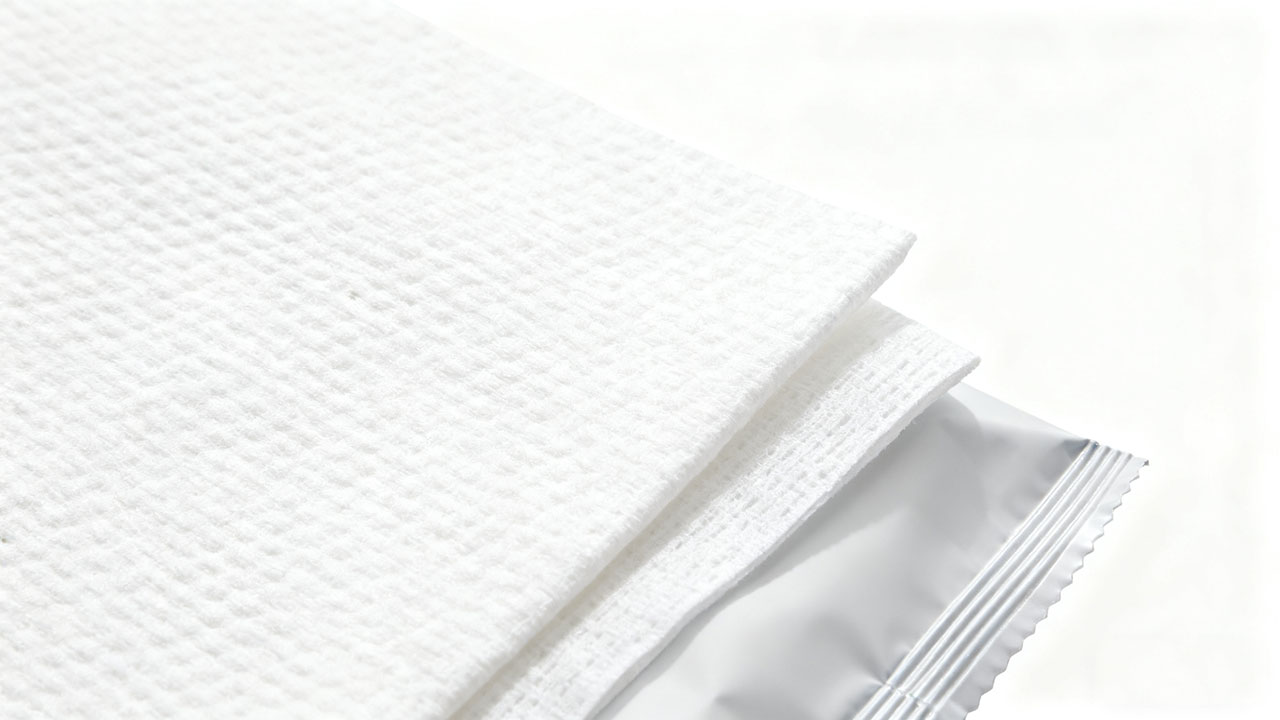
Material Comparison Matrix
| Property | Non-Woven Polyester | Cotton | PLA Biodegradable |
|---|---|---|---|
| Tensile Strength | 45N (wet) | 28N (wet) | 20N (wet) |
| Degradation Time | 100+ years | 1-5 months | 12 weeks (industrial compost) |
| Cost per 1000 units | $8.50 | $14.20 | $22.80 |
| Best For | Industrial cleaning | Baby care | Eco-sensitive markets |
- Liquor Type: Alcohol requires synthetic fibers (cotton degrades)
- Sustainability: Look for OK Compost HOME certification
- Skin Contact: OEKO-TEX® certified materials prevent irritation



